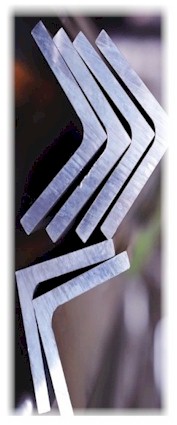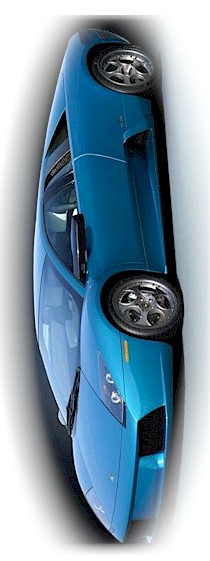
| TARIFFS |  |
last
updated 2020 Oct 27th
| LEARNING
OBJECTIVES |
When you are
reading the material for this section, pay careful attention to the way
that tariffs are effected by circumstances of the Competitive Environment
and the Political / Legal / Regulatory Environment - particularly the rulings
of the WTO and analysis by the OECD.
The purpose of this unit
is to explain
|
| INTRODUCTION | Tariffs - the
taxing of imported goods and services is a technique used by national
and regional governments to help make vulnerable businesses more competitive.
In Canada there are several
tarfiffs on imports from American and European and Asian countries.
The controversial Canadian tariffs are the ones we use to protect
our automotive, agricultural industries, forest products, and mining and
steel. All of these sectors are noted for the geographic concentration
of their activity, which translates into a local constituency which may
or may not re-elect the local member of parliament - depending on whether
that person "can keep the saw mill running...".
WTGR |
| Tariffs
and politics  |
.
In
2018 the U.S. had imposed a
About 81% of Canada’s primary aluminum production is exported to the United States, where it is used as an important input for further processing into products for U.S. domestic and export markets. source
https://www.international.gc.ca/trade-commerce/ |

| Forest
Products industry
|
The Forest Products
Industry, sub-divided into
The Forest Products Association of Canada www.fpac.ca One of the major problems in Canada-USA trade is the ongoing conflict due to American tariffs and duties on Canadian forest products going into the U.S. market. "U.S. Slaps 10% duty on Lumber" Roberta Rampton, writing for Reuters 2009 April 8th, said "The United States will slap a 10 percent duty on some imports of Canadian lumber after Ottawa failed to abide by a trade tribunal ruling, the U.S. Trade Representative said" Rampton explains "The new tax in the long-running bilateral dispute between the world's two biggest trading partners comes amid growing concerns over nations around the world walling off their borders to protect jobs." ... adding "The U.S. economic downturn and collapse of the U.S. housing construction market has led to massive layoffs in both the U.S. and Canadian lumber industries." What
was the problem?
|
 |
The auto industry
employees thousands and thousands of people in Canada and is very "sensitive"
to changes in the
|
| Automotive
industry |
Tariffs are
one of the ways that government have traditionally protected their domestic
auto manufacturing and parts industries from cheaper imports.
Canada is importing more
than 100,000 cars from Korea each year
If the province wanted to put a tariff on Korean cars, the question is (in the context of the political environment) can they? It has been suggested that the federal government may not allow this tariff, further more it may be contrary to WTO rules and regulations. Tariffs on foreign vehicles now average 6 per cent WTGR |
| Automotive
industry |
Canada-Korea
Update 2012
We talked about how Ontario is one of the major international exporting provinces in the automobile industry. As a result, reducing tariffs via a Free Trade situation with Korea would bring unfortunate consequences to Ontario. While I was researching about it, I found out that the Harper Government has identified Korea as a priority market for Canada. And in response to Korea removing its ban on imports of Canadian beef from cattle 30 months old or less, the government is working towards completing the delayed FTA negotiations. As a benchmark, KORUS FTA benefited US in terms of competitive dynamics. Canada should decide to diversity its exports and negotiate ambitiously with FTA with Korea. I found an article that talks in detail about different factors that comes into this negotiation such as Japan Automotive Manufacturers’ Association’s concerns, Canadian farmers’ positions and etc. http://www.ipolitics.ca/2012/01/23/peter-clark-clear-the-tracks-for-the-harper-free-trade-express/ It was interesting to see how in the context of international business, everything is inter-linked as we learned in class. This really emphasizes on the importance of learning how everything plays out in the global market. Even with the current 6.1% tariff, Hyundai and Kia sold 200,000 units in 2011 in Canada. Whether the negotiation settles in favour of Korea or not, I believe that imports of light vehicles from Korea will continue to perform well in the community of international business. WTGR
replies
|
|
|
CONTACT IMAIN PAGE I NEWS GALLERY I E-BIZ SHORTCUTS I INT'L BIZ SHORTCUTS I MKTG&BUSINESS SHORTCUTS I TEACHING SCHEDULE |
| . | |
| MISTAKES I TEXTS USED I IMAGES I RANK I DISCLAIMERI STUDENT CONTRIBUTORSI FORMER STUDENTS I | |
| . |